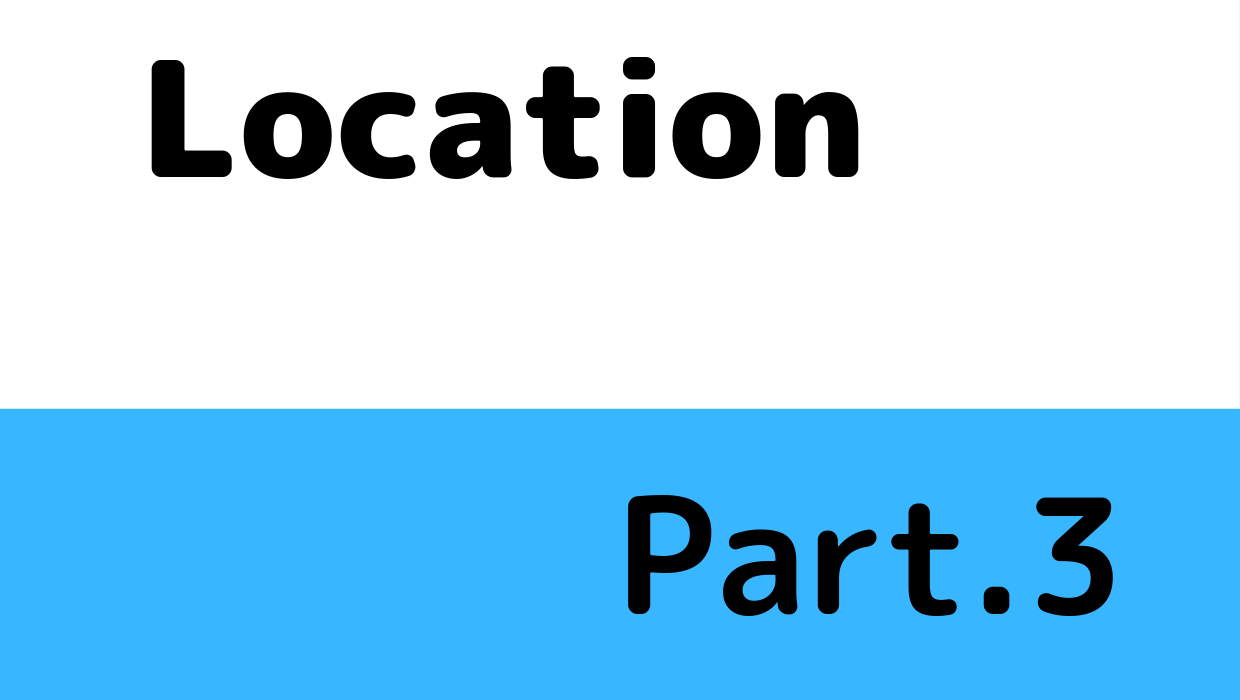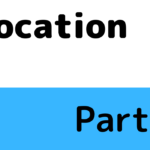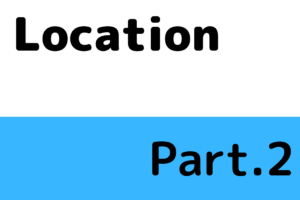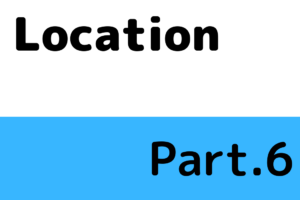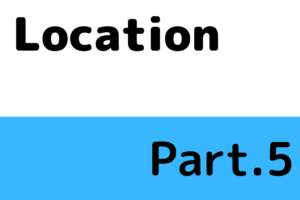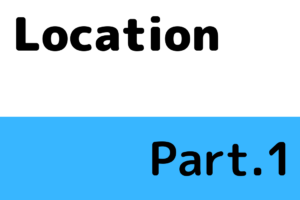Table of contents
The right location for each customer’s travel purpose
Depending on the purpose, it can be a good location or a bad location
Customers are focused on whether your inn is in a location that suits the purpose of their trip.
So, depending on the purpose of the customer’s trip, it will change from a good location to a bad location.
Is the purpose of the trip a business such as a business trip or sightseeing ? For each purpose, let’s look at the features and requirements of each customer in the following items.
For sightseeing purposes
A place for customers to visit for the first time
For guests staying for sightseeing purposes, the location of your inn is likely to be the first place to visit.
Please imagine that you are visiting a place where your inn is located for the first time.
What happens in places that are new to you ? What is different from daily life ?
In daily life, most of the information that you see while moving is already input into the brain, so the amount of information processing in the brain is small, the ratio of processing landscape information is reduced. So you can focus on other information.
When you walk on the road you are always walking on, you can use your cell phone while walking, or walk while thinking.
On the other hand, in places where you visit for the first time, there is too much information and I think that the processing power in the brain is fully working.
That means that the more information you have, the more your brain gets tired = you can’t relax.
Transportation to the inn
It depends on whether customers are traveling by car or train until they get to the inn.
For customers who are moving by car on a daily basis ( Customers who do not usually drive are different. ), actually, it is easy to relax because there is little information processed by the brain.
Because there are no strangers in the car.
Asphalt roads and signs that customers see the most during driving are the same all over Japan.
On that point, customers who come by transportation such as trains are often nervous because they are siting next to strangers and walking around for the first time.
If the inn is close to the station, it cannot be denied that there are customers with high location ratings, but being nervous and arriving at the inn may have a negative effect on other evaluation items.
Even if the inn is close to the station, the customer may not have arrived at the inn easily.
What is the right location for customer’s travel purposes?
I don’t think there are many customers who are traveling for sightseeing and whoose destination is the station itself. The tourist’s purpose is a sightseeing spot around the station.
Sightseeing spots are also the place where customers spend the longest time outdoors.
Both the scenic spots and the shrines and temples are very large. If you stay in the vast place all day long and then return to the inn, but the accommodation is far from your current location, you will get tired even if the inn is close to the station.
For customers who are planning their trips to calculate the longest time to stay at a tourist spot, the inn near the tourist spot is better suited to the customer’s purpose than the inn near the station.
However, in the case of customers who are busy and have a lot of itineraries, the inn near the station matches the purpose.
Inns with a location review rating of over 9.5 are often located in places where it is easy to incorporate them as part of your itinerary planning.
For business purposes
Customers don’t think about the inn until their work is done
If customer is staying for business purposes, the place where the inn is located may be visited many times on business trips.
If so, the customer may already have a familiar inn.
So, when a business traveler makes a reservation at your inn, there are two situations when you visit the place for the first time, or when you have to make a reservation for a stay because there was no vacancy in their familiar inn.
In the latter case, customer can relax and come to the inn because customer already know the location.
What about the former case ?
It may seem the same as for tourism purposes, but if customers are visiting a business for the first time, they will check the information of the inn at the time of booking, but staying at the inn itself is not the purpose, it is only a means of working. So customers don’t have in mind until the moment they finish their work.
So that customers don’t have to take extra time
After the job is over, the customer begins to suddenly find out the route to the inn in the car or on any street in the city.
This means that the starting position of the route to the inn cannot be assumed exactly like a tourist.
So if customer is on a business trip, we will need to prepare other ways to relax and go to your inn.
That is to avoid the extra effort.
In the case of a car, customer need to remember the parking location and whether customer need to inform the inn the use of the parking space in advance, what the payment method of the parking fee is, and customer have to prepare coins etc…
You may feel it is different from the location item, but the basic idea is the same.
What can we do to reduce extra worry when customer come to the inn ?
The inn in front of the station is popular with business travelers because it has a lot of places to eat and is convenient to move around, so it’s the best place to avoid extra worries.
For sightseeing purposes
□ The first place gets nervous. Especially at crowded stations.
□ Customers who use cars on a daily basis can relax a little while driving.
□ The purpose of the trip is not a station but a tourist spot.
For business purposes
□ Make sure that business travelers do not have to spend extra time.
□ For business travelers, a place where they don’t have to worry is an inn in front of the station.

